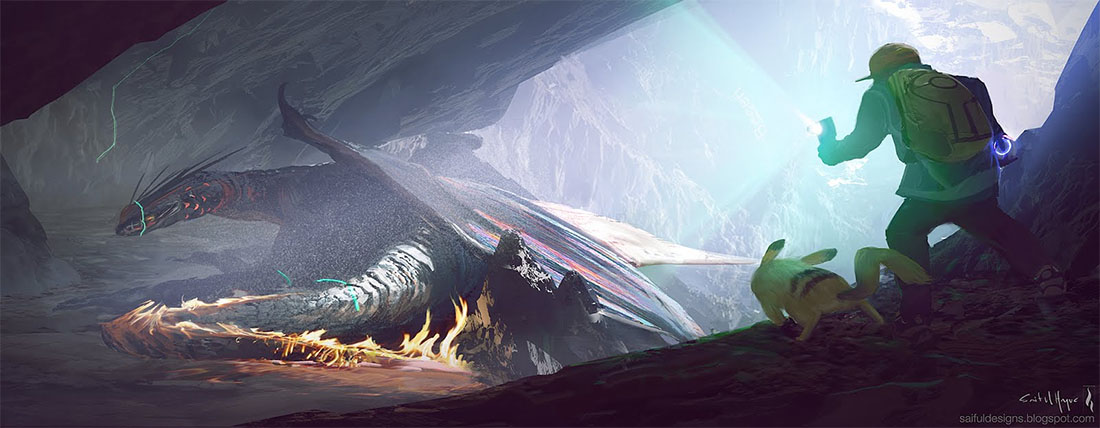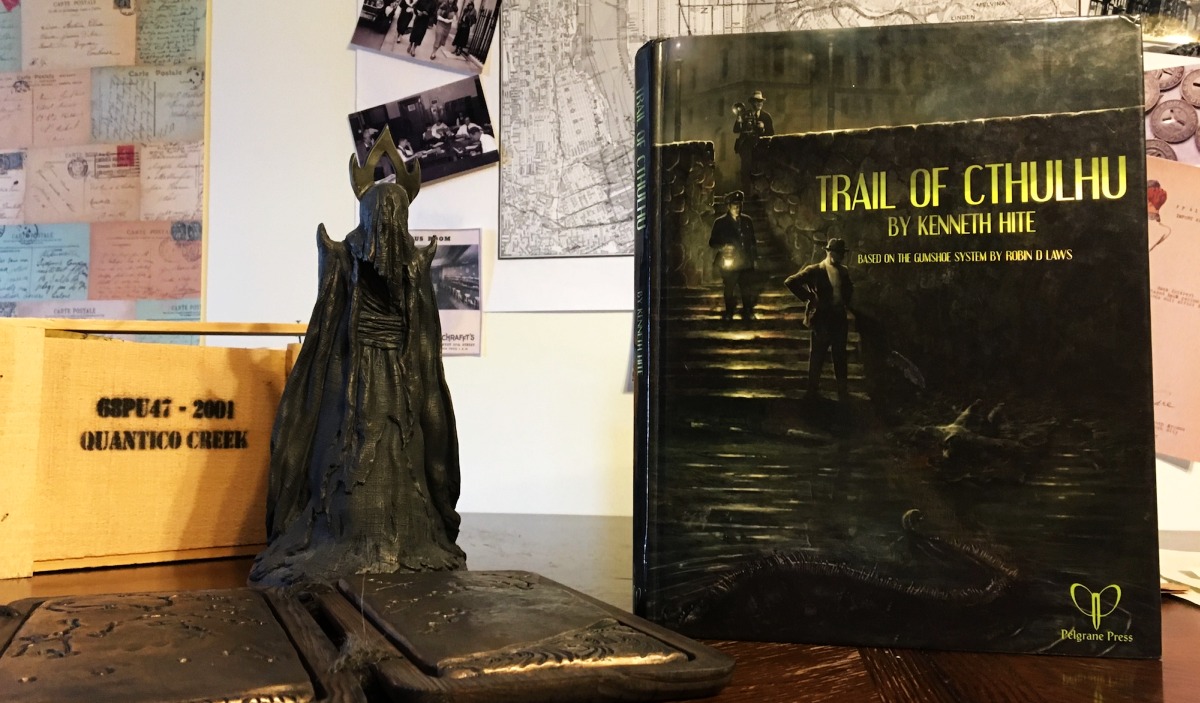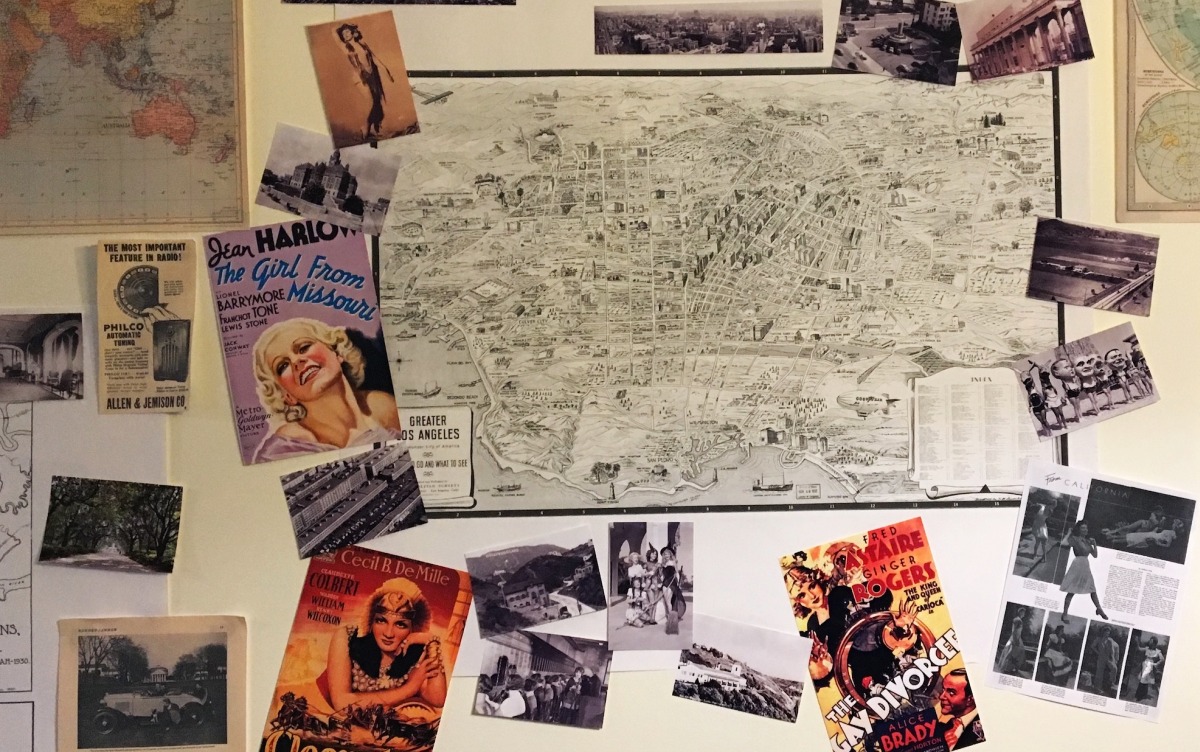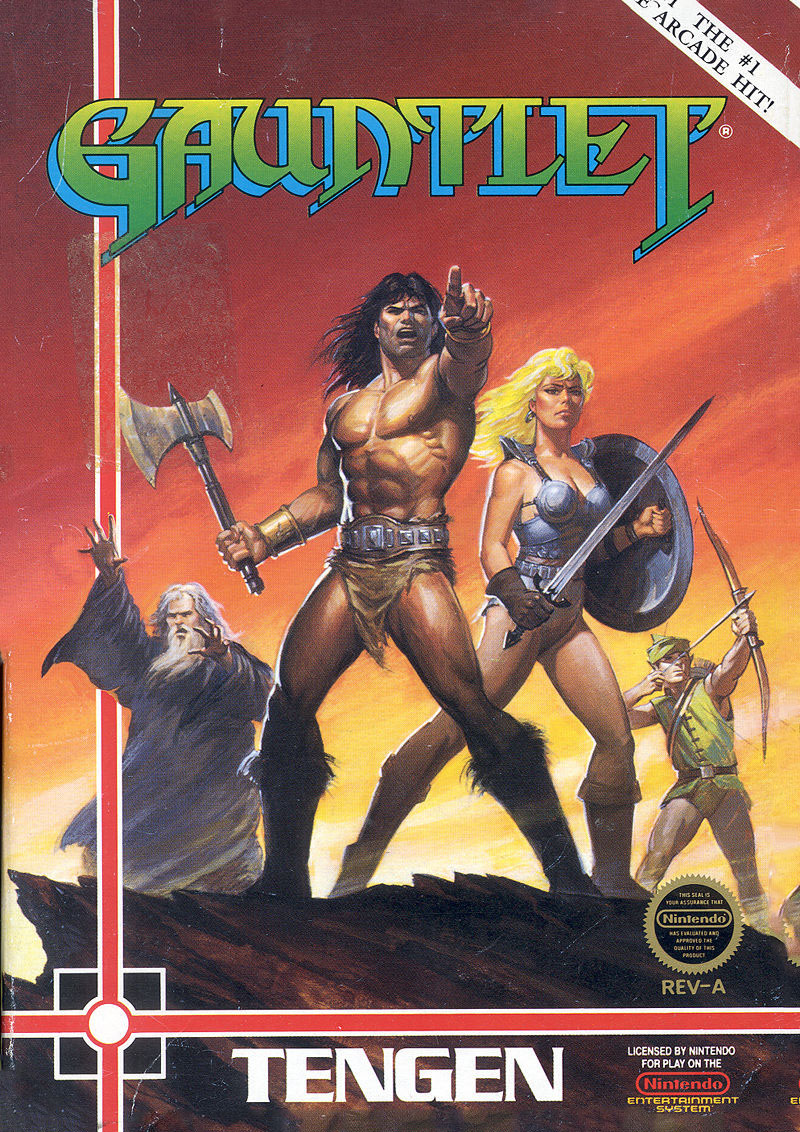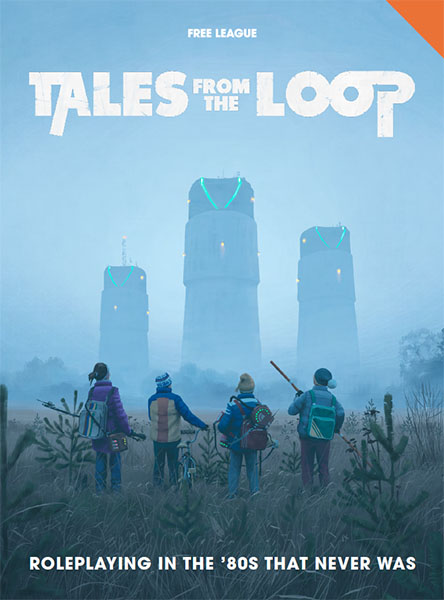Awhile back I was having an online discussion with someone who was struggling to make a Pokémon-based hexcrawl interesting. He found himself facing “a bunch of really boring hexes” and couldn’t figure out how to make them interesting.
The key element of the hexcrawl structure is that of exploration. It becomes kind of pointless if all you’re doing is moving between civilized locations. It works best if you’re out on an untamed frontier or in a point-of-lights setting where the known settlements are separated by vast zones of mystery.
There are a couple things that makes a hexcrawl easier to stock in a D&D-esque fantasy setting:
- Ancient Civilizations. The area may not be known to modern explorers, but it was previously home to any number of ancient civilizations who could create (and leave behind) cool stuff.
- New World Syndrome. This area may be unexplored by humans/elves/dwarves/halflings, but it’s chock full of humanoids and intelligent creatures who (once again) create cool stuff and varied interactions.
I’m not a deeply committed Pokemon fan (I’ve watched a few episodes of the TV show; I’ve played a couple games). But from what I remember of the game, it featured a lot of little tiny villages and you traveled through distinct wildernesses to get from one village to the next. The focus was primarily on civilization, but it wouldn’t take a whole lot to emphasize the wilderness which surrounds them. So there’s your point-of-lights element.
You can start adding depth by looking at the random Pokemon encounters in the wild and breathing life into your wandering monsters. Give them lairs, relationships, etc.
Re: Ancient civilizations. I remember that Pokemon has stuff like fossils and the mystery of the GS ball from the anime. Those are the seeds I’d pursue and develop into something more rich, robust, and varied. (The Pokemon lore already contains a lot of “legacies lost to history”; there’s no reason you can’t add to that lore.)
Re: New World Syndrome. I seem to recall lots of stuff in the Pokemon lore which suggests some Pokemon are a lot more intelligent than just “animals that can be captured to fight each other”. I’d explore that. I’d also look at Mewtwo’s original back story (created in a laboratory in the middle of the wilderness) and run with that basic idea — strange Pokemon cults and Pokemon research labs hidden out on the frontiers.
Also: Do some googling on the “Pokemon is post-apocalyptic” fan theories.
Finally, if you’re looking for inspiration, pull up lists of Pokemon episodes and use them as brainstorming seeds. Going through that link, for example, I immediately pull out or interpolate:
- Haunted blimp
- Hidden pokemon laboratory
- Crashed airship with pokeballs
- A large antenna complex trying to mass-control Pokemon
- Encountering random pokemon hunters in the wild
- A remote island with unique pokemon possessed of unusual characteristics
- An island formed entirely of fossilized pokemon (which are said to awaken and wreak havoc)
- A community of talking pokemon
And so forth.

